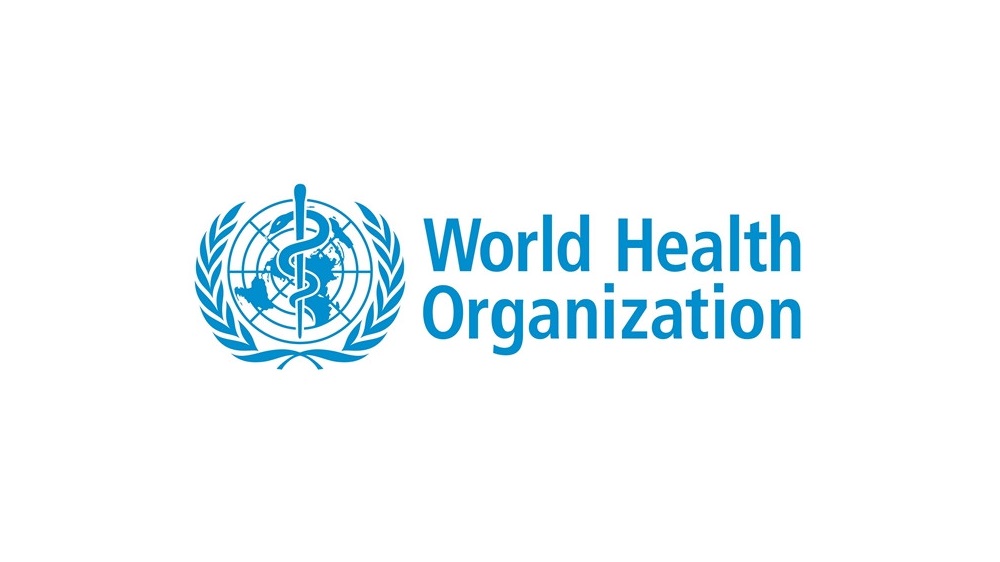Countries worldwide currently have social distancing measures in place to avoid the spread of COVID-19. These are mostly based on evidence that the disease spreads via droplets of an infected person. But now, the World Health Organisation is acknowledging emerging evidence that an airborne spread of the disease is possible.
This follows an open letter to the Organisation, published in the Clinical Infectious Diseases journal. In it, 239 scientists from 32 countries outlined evidence that shows the floating novel coronavirus particles infecting people who breathe them in. This could lead to a change in prevention guidelines. This is especially around the severity of the social distancing we are currently practising.

As mentioned, current guidelines are based on the droplets-based transmission model of the novel coronavirus. Evidence points to the virus spreading via an infected person coughing or sneezing, which can eject the virus particles as far as 1m away. These then drop onto surfaces, where they can stay infectious for hours. Which is why current guidelines include keeping a distance of 1m away from the next person, and frequent hand washing.
For now, it remains to be seen in what way these guidelines will be changed. But the World Health Organisation said it will publish a brief summarising what we know on the way the disease is spread “in the coming days”. Any changes in the guidelines will likely come after that, if at all.
(Source: Reuters)
Follow us on Instagram, Facebook, Twitter or Telegram for more updates and breaking news.



